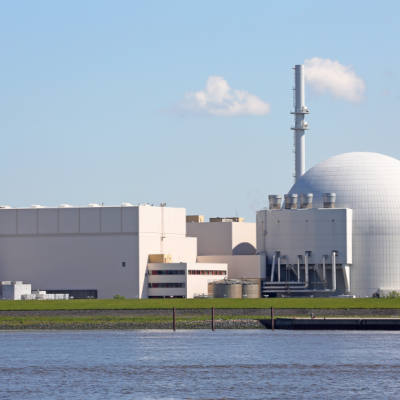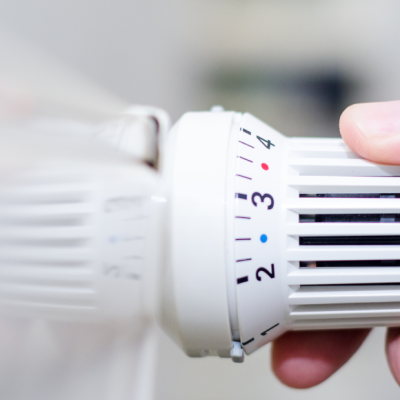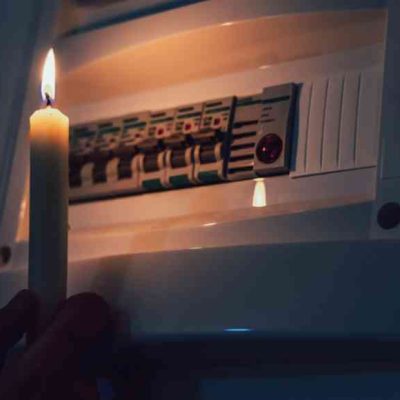A new membrane could revolutionize the use of osmotic power plants, also known as “blue energy,” and potentially replace up to 2,000 nuclear power plants. Osmotic energy is a natural phenomenon that occurs when saltwater and freshwater mix, releasing energy that can be harnessed to generate electricity. Traditional osmotic power plants use a semipermeable membrane to separate the two water sources, but they are expensive to install and maintain, making them economically unattractive. However, a new type of battery developed by scientists at Stanford University could change that. The battery, called a mixture entropy battery, uses two electrodes made of doped polypyrrole and Berlin blue pigment to generate electricity by cycling between freshwater and saltwater. The battery does not require a membrane or turbines, making it more cost-effective than traditional osmotic power plants.
The mixture entropy battery has already undergone successful testing with seawater from a bay in San Francisco and treated wastewater from a nearby plant. The battery could potentially generate 625 terawatt-hours of electricity annually, which is equivalent to about 3% of the world’s electricity demand. The battery’s developers believe that it has an advantage over wind and solar power because it can generate electricity regardless of the time of day, weather, or season. However, the battery’s power density needs to be increased to make it commercially viable.
Researchers at Rutgers University have also developed a new type of membrane that could potentially generate even more electricity than the mixture entropy battery. The membrane uses boron-nitride nanotubes (BNNT) to harness ion potentials, which can generate up to 30 megawatt-hours of electricity per year from a one-square-meter membrane. However, the technology is still in its early stages, and the membrane’s power density needs to be improved. If successful, the BNNT membrane could generate up to 2.6 terawatts of electricity per year, which is equivalent to the electricity generated by 2,000 nuclear power plants.










